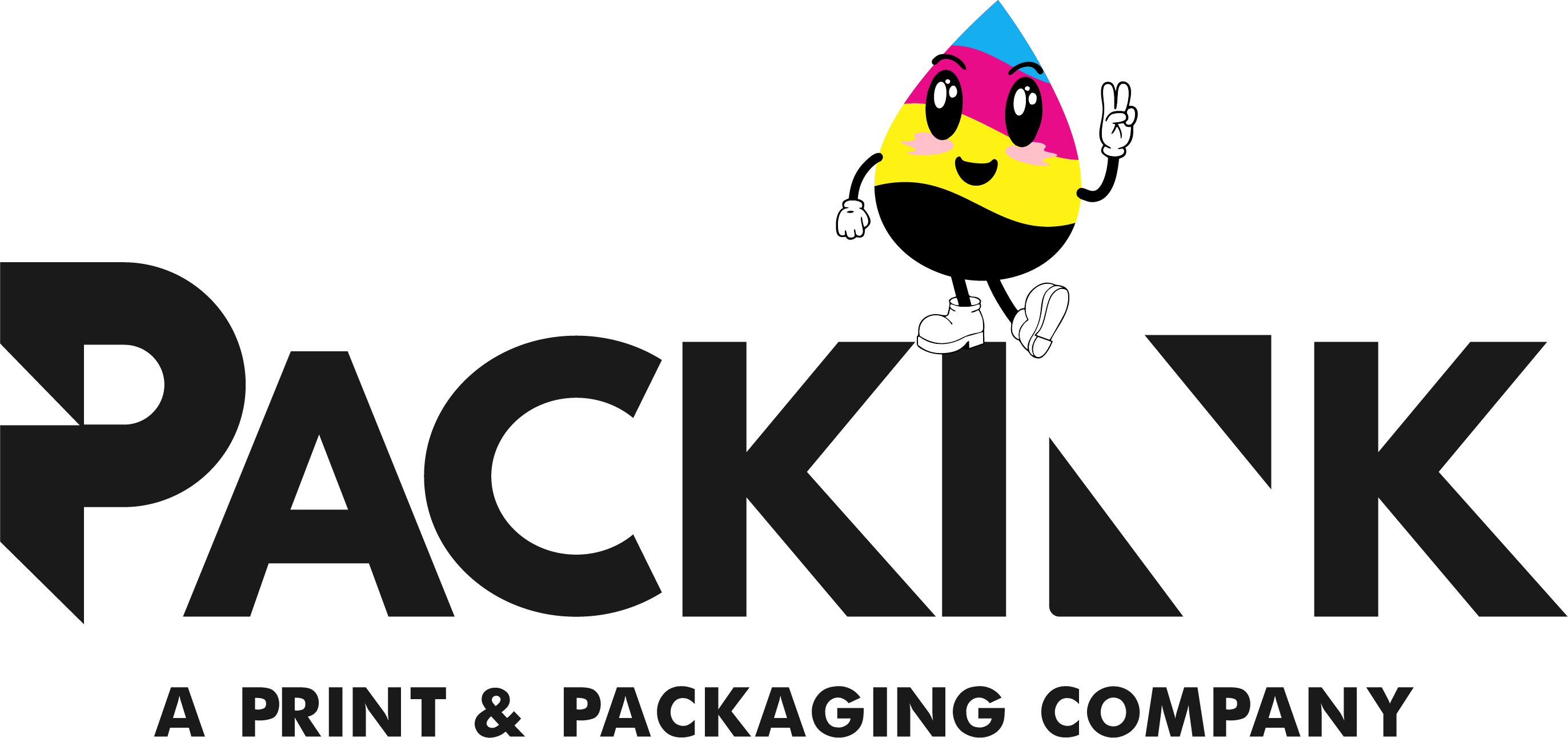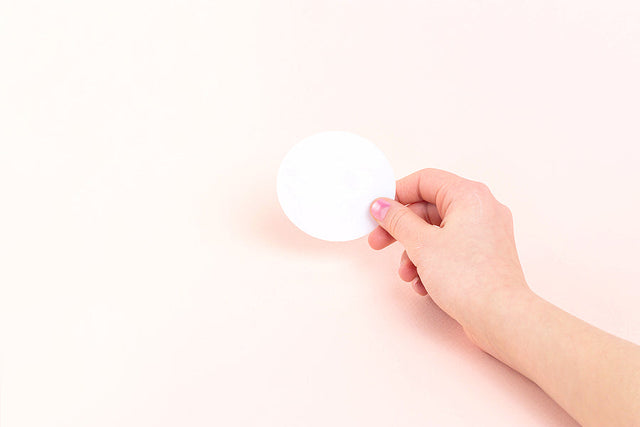The Dos and Don’ts of Submitting Sticker Artwork for Print
Sticker printing is one of the most exciting ways to bring your designs to life, whether you're a small business owner, an artist, or a brand looking to make an impact. The beauty of stickers lies in their versatility—they can be used for branding, merchandise, packaging, or just for fun. But to ensure your designs come out looking crisp, vibrant, and professional, it's important to understand the proper steps for submitting sticker artwork for print.
If you’re looking for customised sticker printing in Singapore, it's essential to adhere to certain dos and don’ts when preparing your artwork for the printer. This article will guide you through the process, helping you avoid common pitfalls and ensure your stickers turn out just the way you envisioned them.
The Dos of Submitting Sticker Artwork
1. Do Use the Correct File Format
The right file format is crucial when it comes to quality. The most commonly accepted formats for sticker printing are vector files such as .AI (Adobe Illustrator), .EPS, or .PDF. These formats ensure that your artwork can be resized without any loss of quality, which is especially important when dealing with intricate designs or larger stickers.
Avoid submitting raster-based files like .JPEG or .PNG for print, as these are pixel-based and can lose clarity when scaled.
2. Do Set the Right Resolution
A high-resolution image is key to achieving sharp, clear prints. Always ensure that your artwork is created at a resolution of at least 300 DPI (dots per inch). Anything less can result in pixelated or blurry stickers, which no one wants. When submitting your artwork, check that it’s high-quality and properly sized for your sticker specifications.
3. Do Use the Correct Colour Mode (CMYK)
When designing artwork for print, it's crucial to use the CMYK colour mode (Cyan, Magenta, Yellow, and Key/Black) instead of RGB (Red, Green, Blue). RGB is optimised for digital screens, but CMYK is what printers use to produce colours on paper. Designing in CMYK will help you get a more accurate colour match between your screen and the final print product.
4. Do Include Bleed and Safe Margins
Bleed refers to the area of your design that extends beyond the trim lines. Including bleed ensures that no unprinted edges appear after your stickers are cut. Typically, a bleed area of 3mm is recommended for sticker designs. Additionally, be sure to keep important elements (like text or logos) within a safe margin to prevent them from getting trimmed off.
5. Do Use Layered Artwork for Flexibility
If possible, provide your artwork in layers. This allows the printing team more flexibility if any adjustments are needed during the production process. Layered files are also beneficial when it comes to separating colours, especially for multi-coloured designs. This level of organisation can save you time and hassle later on.
6. Do Double-Check the Design Before Submission
Before you hit submit, always double-check your design. Look for any typos, alignment issues, or colour inconsistencies. It's also important to ensure that your design is aligned with your brand’s guidelines, especially if you are creating branded merchandise or marketing materials. A second set of eyes—whether it's a colleague or friend—can also help spot any mistakes that you might have missed.
The Don’ts of Submitting Sticker Artwork
1. Don’t Use Low-Resolution Images
As mentioned earlier, low-resolution images result in poor-quality prints. Never submit images that are blurry or pixelated. If your artwork includes photos or illustrations, ensure they are at least 300 DPI and have been properly sized for print.
2. Don’t Forget to Convert Text to Outlines
If you’ve used text in your design, be sure to convert it to outlines before submitting. This ensures that the font remains consistent, even if the printer doesn’t have the specific font you used. Failing to do this can result in your text being substituted with an incorrect font, which could affect the overall appearance of your design.
3. Don’t Overcrowd Your Design
While it might be tempting to fit as much detail as possible into a sticker design, overcrowding your design can make it look cluttered and unprofessional. Stickers are small, so it's important to keep the design simple and focused. Use bold, easy-to-read fonts and clear imagery, ensuring that your design remains legible and impactful, even at smaller sizes.
4. Don’t Skip Proofing
Always ask for a proof before printing the final batch of stickers. A proof is a sample that shows you how your design will look once printed. It allows you to check the colours, sizes, and overall quality before the full print run begins. Skipping this step can result in unexpected surprises, which could cost time and money.
5. Don’t Overestimate Print Sizes
When designing your artwork, be mindful of the actual size of the sticker. It’s easy to get carried away with a design that looks great on a large screen, but keep in mind that stickers often come in much smaller sizes. Make sure your design will work well on the intended sticker size. Consider how small details or text might appear on a tiny sticker, and adjust accordingly.
6. Don’t Forget About Special Finishes or Cuts
If you plan on having special finishes (like matte or gloss finishes) or custom cuts (like die-cut or kiss-cut), make sure to communicate these requirements to the printer. Some designs may need to be adjusted for different types of cuts, or they may not work as well with certain finishes. Clear communication with your printer ensures the final product matches your expectations.
Conclusion
By following these simple dos and don’ts, you can ensure that your artwork is ready for customised sticker printing in Singapore. Taking the time to properly prepare your artwork will not only save you time and frustration but will also help you achieve high-quality stickers that are visually appealing and professional. So, whether you’re designing for personal use or creating a branded product, getting your artwork right from the start is crucial.
When you’re ready to bring your sticker designs to life, look no further than Packink for reliable and high-quality customised sticker printing in Singapore. With our expertise and commitment to excellence, you can rest assured that your stickers will turn out just the way you imagined. Happy designing!


0 Comments
There are no comments for this article. Be the first one to leave a message!